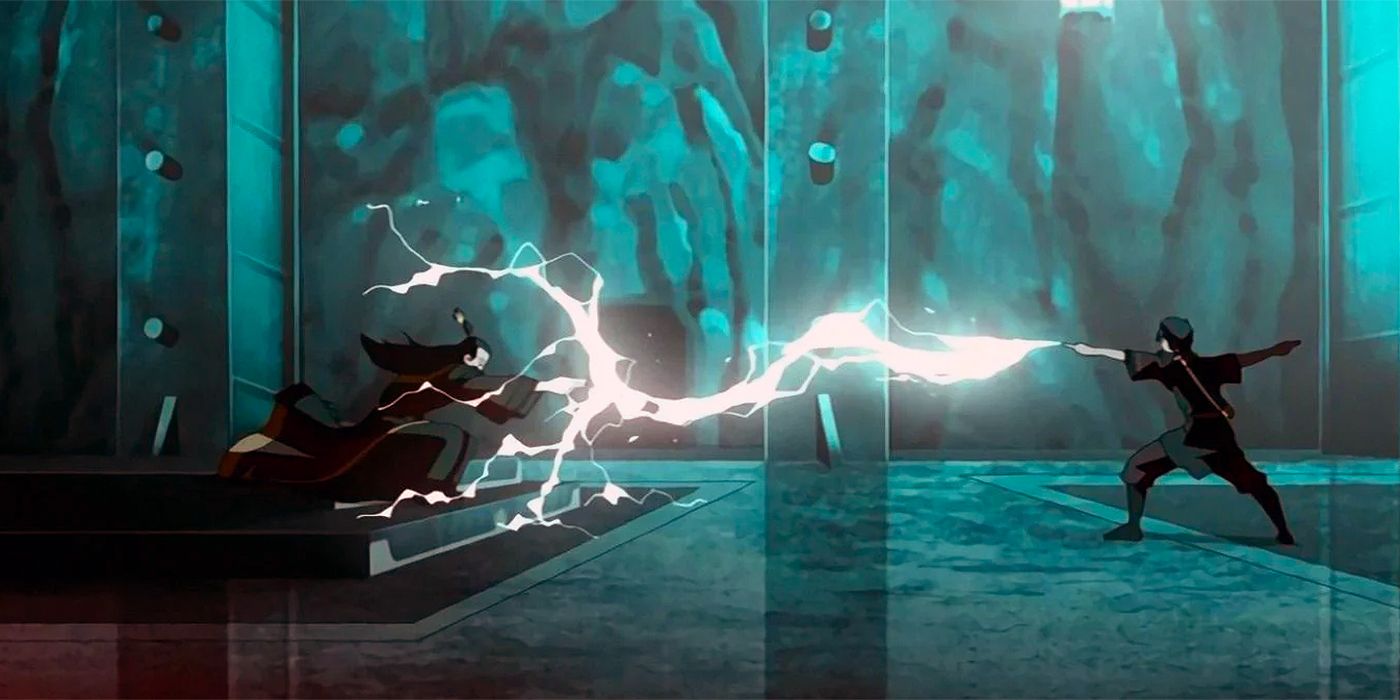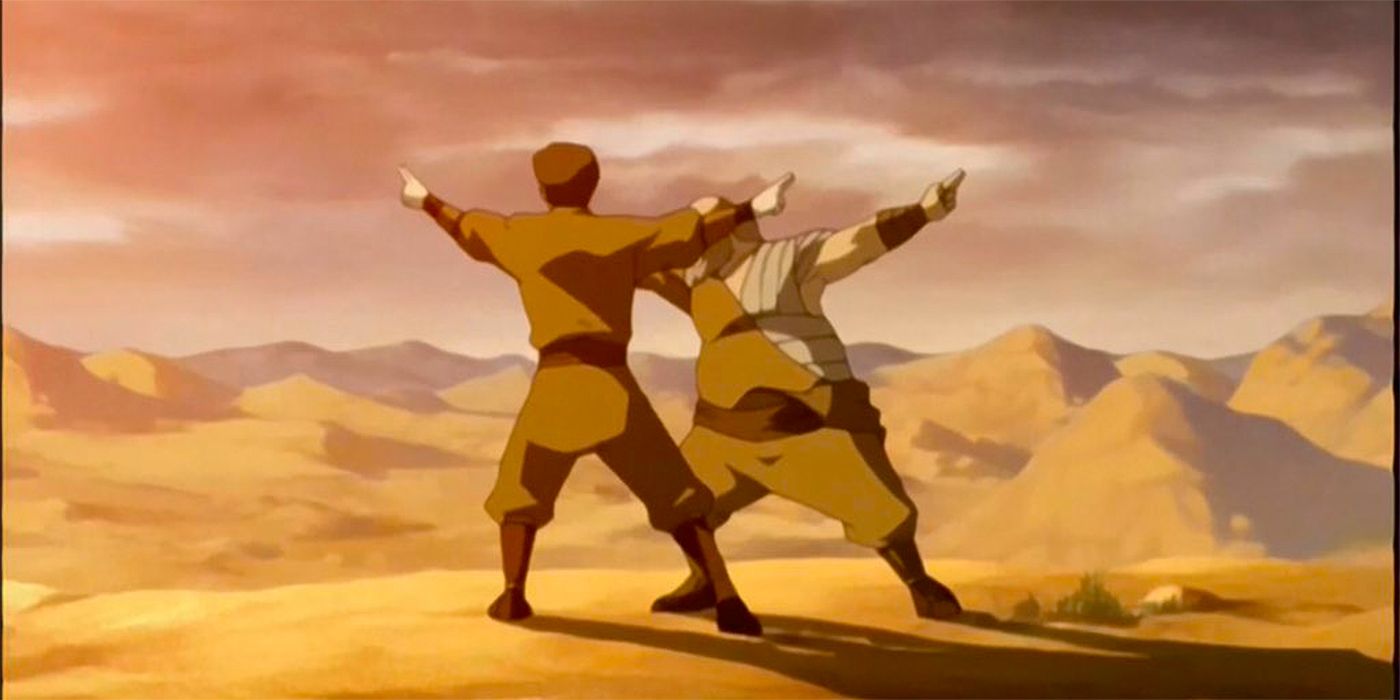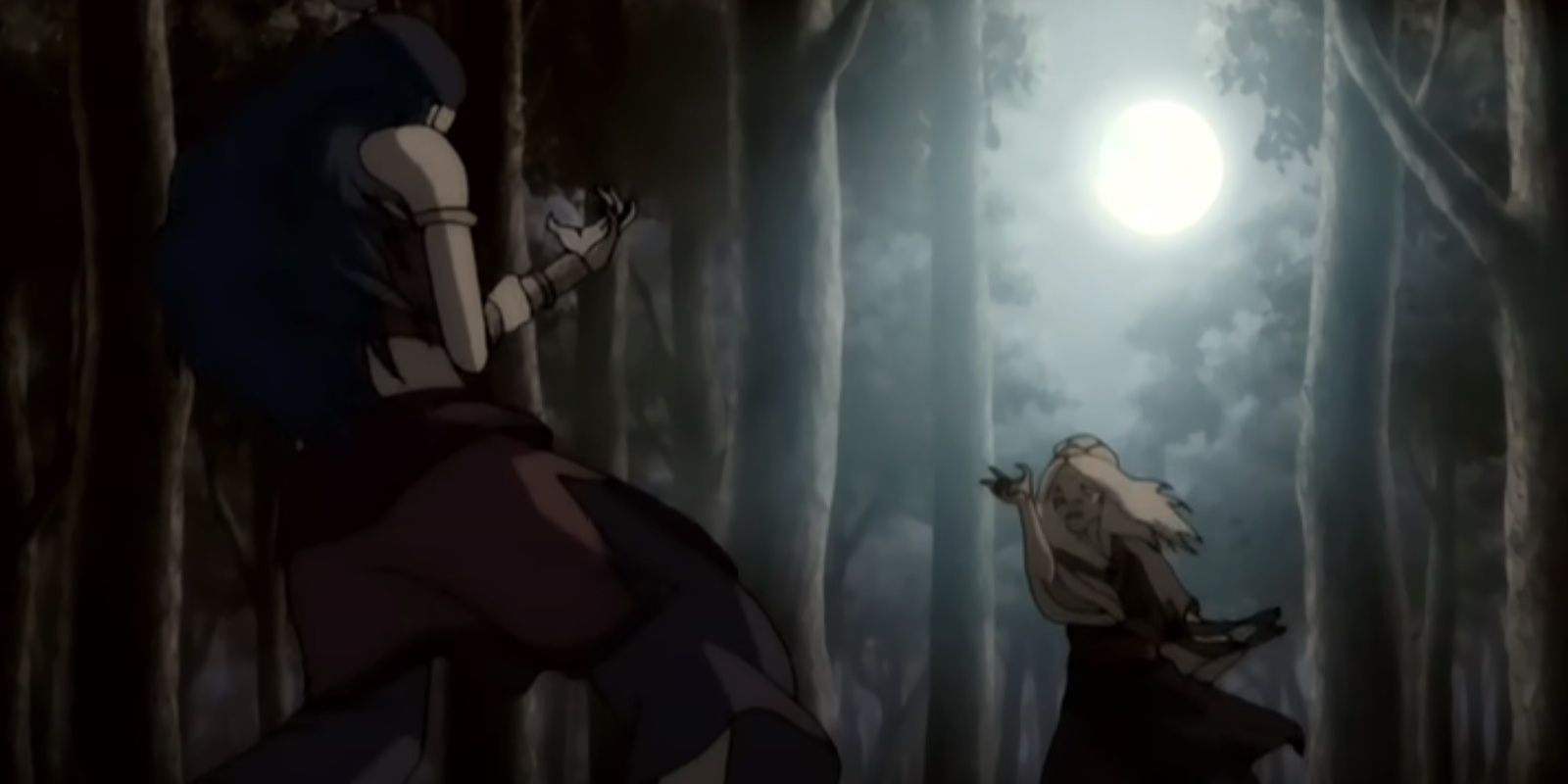What really makes the action in a story like Avatar: The Last Airbender work is not just about the raw cool factor of any given moment. The elemental martial arts known as bending created the opportunity for massively exciting moments throughout the series, as characters like Zuko and Katara established themselves as the fiercest fighters of their era with some of the most unique abilities available to them. However, what made all those action beats work was the value of the characters at their center.
Avatar never lost focus of that fact, and that's evident in the character-driven moments behind the development of the sub-skills that made up each bending art's greatest abilities. Going back and watching for why and how they mastered such rare abilities reveals that they weren't just expressions of the characters' mastery, but motivated by the development of the characters themselves.
Although the series started with the fundamentals of each of the four elements, the franchise quickly expanded by the time of The Legend of Korra to include many sub-skills that expanded the power of each core element. The original series expanded on the art of firebending by introducing skills like lightning generation and lightning redirection, and waterbending gained one of the rarest and most powerful applications with the introduction of bloodbending. But what makes both sub-skills really work is the strength of the story driving their creation.
For the dynamic between lightning generation and redirection, it's hard to ignore the character-motivated aspects behind the techniques because of how explicitly the characters discover them. While the evil Fire Lord Ozai and his amoral perfectionist daughter Azula hurl lightning left and right, the technique proves all but impossible for Prince Zuko when his Uncle Iroh tries to instruct him in the art. Generating lightning requires a degree of self-control over emotions and conflicts that Zuko lacks, so instead, Iroh offers Zuko the defensive art of redirection as a counter. The express mechanics of the abilities reflect the character arc Zuko undergoes in the series; rather than learning to emulate his coldhearted family members, he learns to redirect their negative energy into his own strength.
The same insightful parallel between powers and characterization applies to Katara and the art of bloodbending she learns from the embittered Hama. Bloodbending allows a waterbender to control the water in a person's veins and puppeteer them like an object. Hama first learned the ability while stranded in a Fire Nation prison, driven to her callous resourcefulness out of sheer desperation. Katara uses the technique against Hama to defeat her out of the same desperation, and then later against the Southern Raiders when enacting her revenge for her slain mother.
However, the ability provides a chilling moment of self-reflection as Katara realizes that bloodbending makes her just as bad as the people she uses the ability against. Much of Katara's character arc over the course of the series involves not only learning to discover her own strength and capacity to help others, but also the importance of her principles that distinguish her from those who took her family from her when she was a child. The parallel turns the art of bloodbending not just into a cool extension on the idea of how waterbending could be used, but an opportunity to advance the character arc for Katara.
The opportunity for such insights appears in almost every sub-skill throughout the series. Toph's blindness and determined individualism is what allows her the unique perspective that enables her to "see" how to bend metal. Combustion Man's silent rage and violent determination manifests as explosive displays of combustionbending, foreshadowing just how passionately he takes his missions as a mercenary and hinting at his later refusal to Zuko's attempts at bribing him off his contract.
Even Katara's best qualities as a nurturer and caretaker that are later challenged by her lessons in bloodbending are established early on with her lessons in using waterbending to heal. Each example and character provides new chances to evaluate the place of the sub-skills in the overall story, and it is the larger integration of those abilities in the narrative that helps Avatar stand out with the legendary reputation it enjoys to this day.



